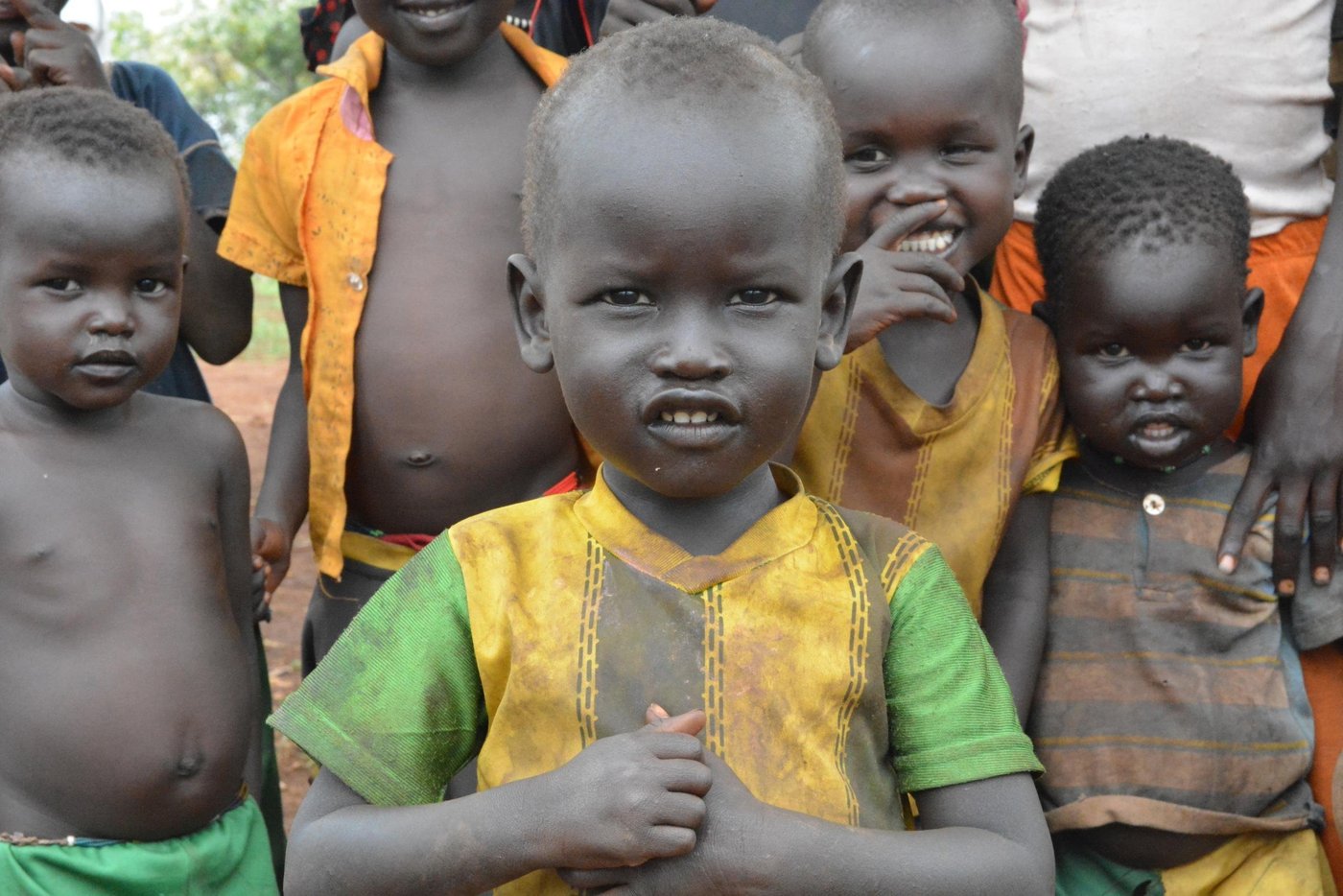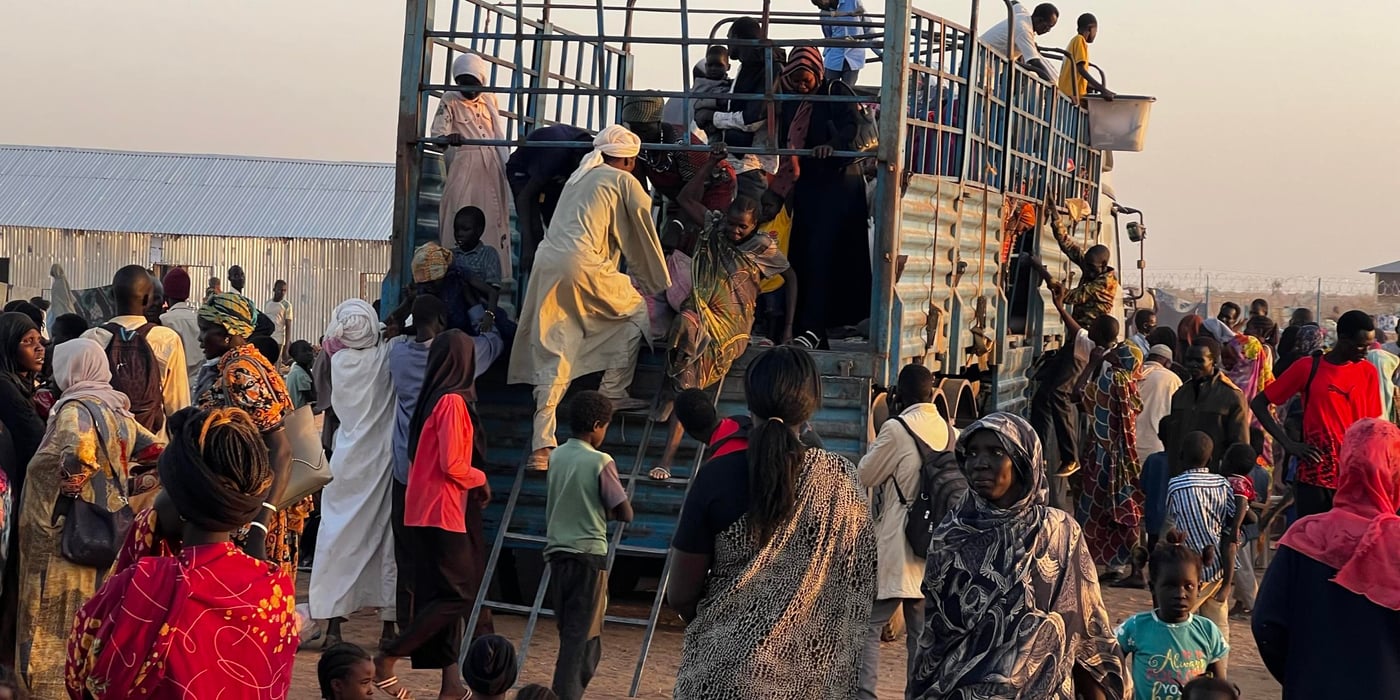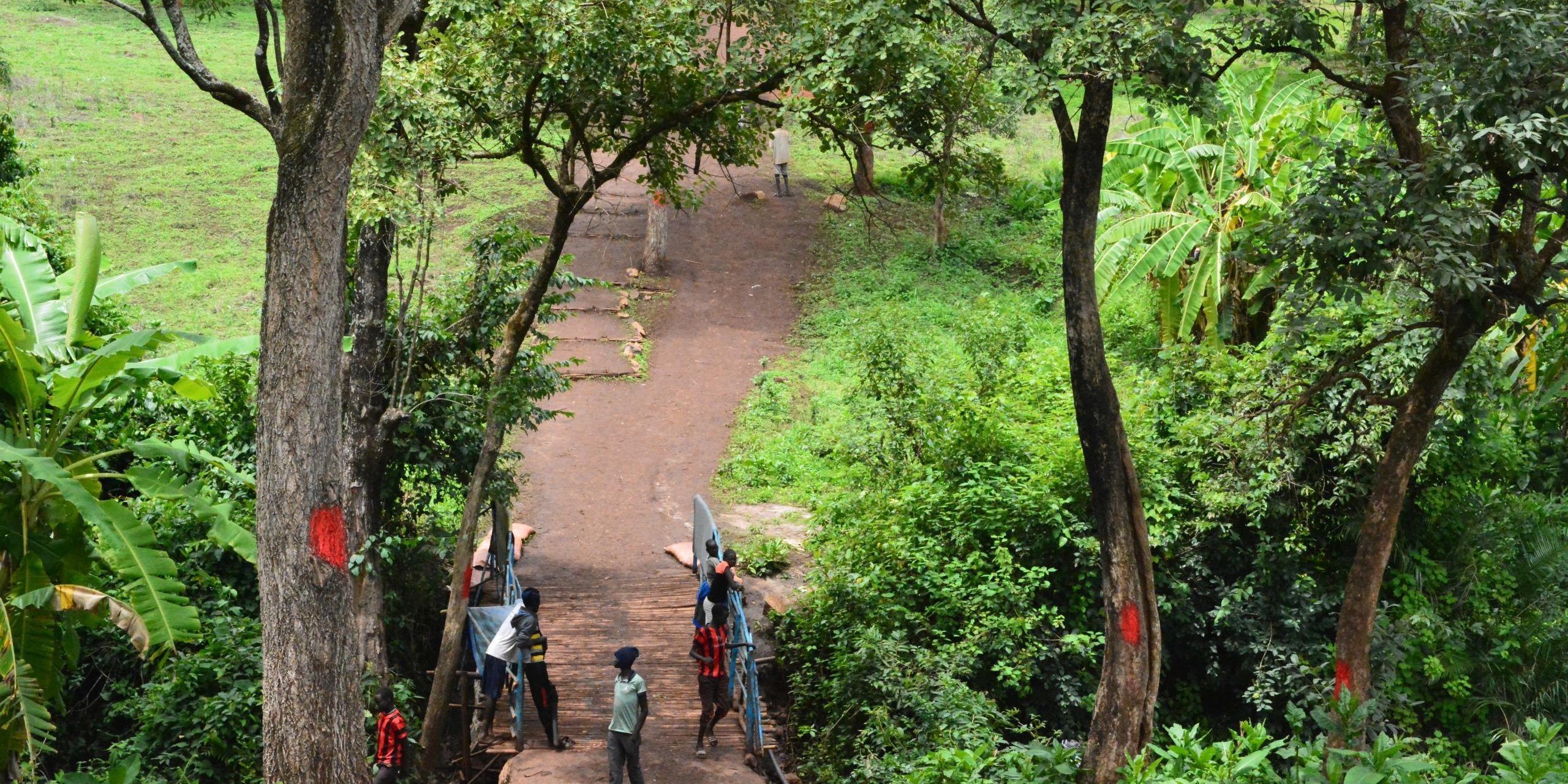
Like so many from South Sudan, Peter Gatwich is a tall man. A brown suit, blue striped shirt and freshly polished leather shoes make him stand out on the day of our visit to Gure Shombola refugee camp in Ethiopia’s western Assosa zone. Gatwick’s smile comes easily, but as the leader of the refugees’ central committee at the camp, he bears a lot of responsibility.
South Sudan is in turmoil, and its population keeps crossing the borders to neighbouring countries. Continued armed conflict and general insecurity are still driving thousands of people into Ethiopia. The refugee population in the south-western Gambella state is now outnumbering the local population. Experts from the UN refugee agency (UNHCR) state that the capacity in Gambella is nearly exhausted. As a result, the Ethiopian Agency for Refugee Affairs (ARRA) and UNHCR have begun to relocate new arrivals further north, to Assosa in the state of Benishangul-Gumuz.
Gatwich is originally from eastern South Sudan. At 28 years old, he’s already the head of a family with six children. Two are his own, four are foster children. His English is excellent. He used to work for Intersos, an Italian humanitarian organisation, but like many humanitarian workers in South Sudan, he didn’t feel safe. In May 2017, he decided to leave. His family was on the road for nine days before they reached the border close to Gambella.
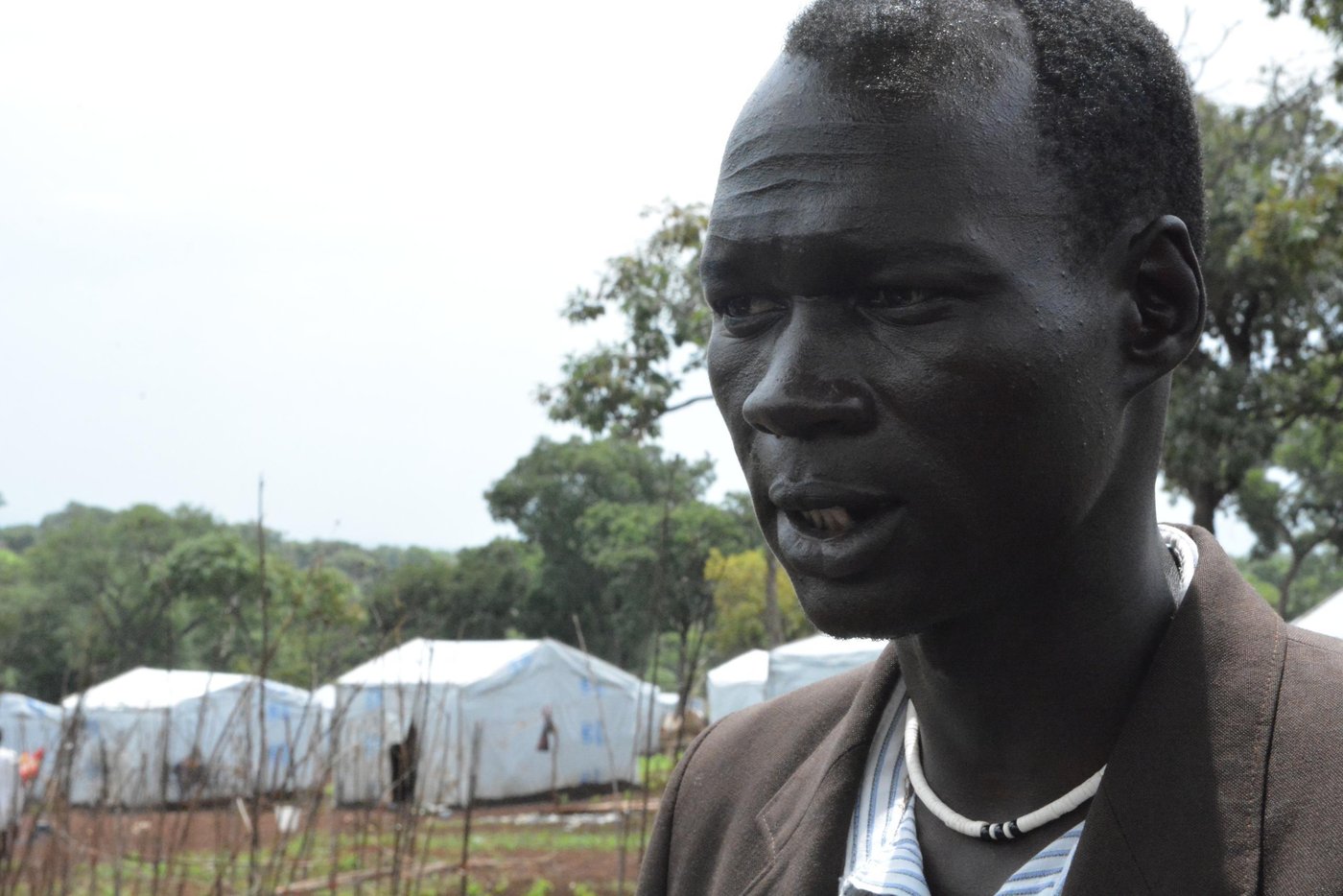
Reluctant to re-settle
The landscape in Assosa is lush, with green grass contrasting the red dirt on the roads. The area is known for its mango trees and bamboo production. So far 3,000 refugees have made the two-day journey in buses up to the new camp in Benishangul-Gumuz. A service centre and basic infrastructure are in place.
The camp, Gure Shombola, can at this point host up to 15,000 people. But the South Sudanese are reluctant to come. The new location is unknown to them. By contrast, Gambella’s camps are closer to home, its residents speak the same language and the climate is similar. Extended family members are already based there. The bus journey to Assosa makes it impossible to take their livestock along. So this new region is not very popular.
But some, like Gatwich, follow UNHCR and ARRA’s advice and relocate. When the exhausted refugees arrive, they’re greeted by white tents placed in orderly rows on two green hills.
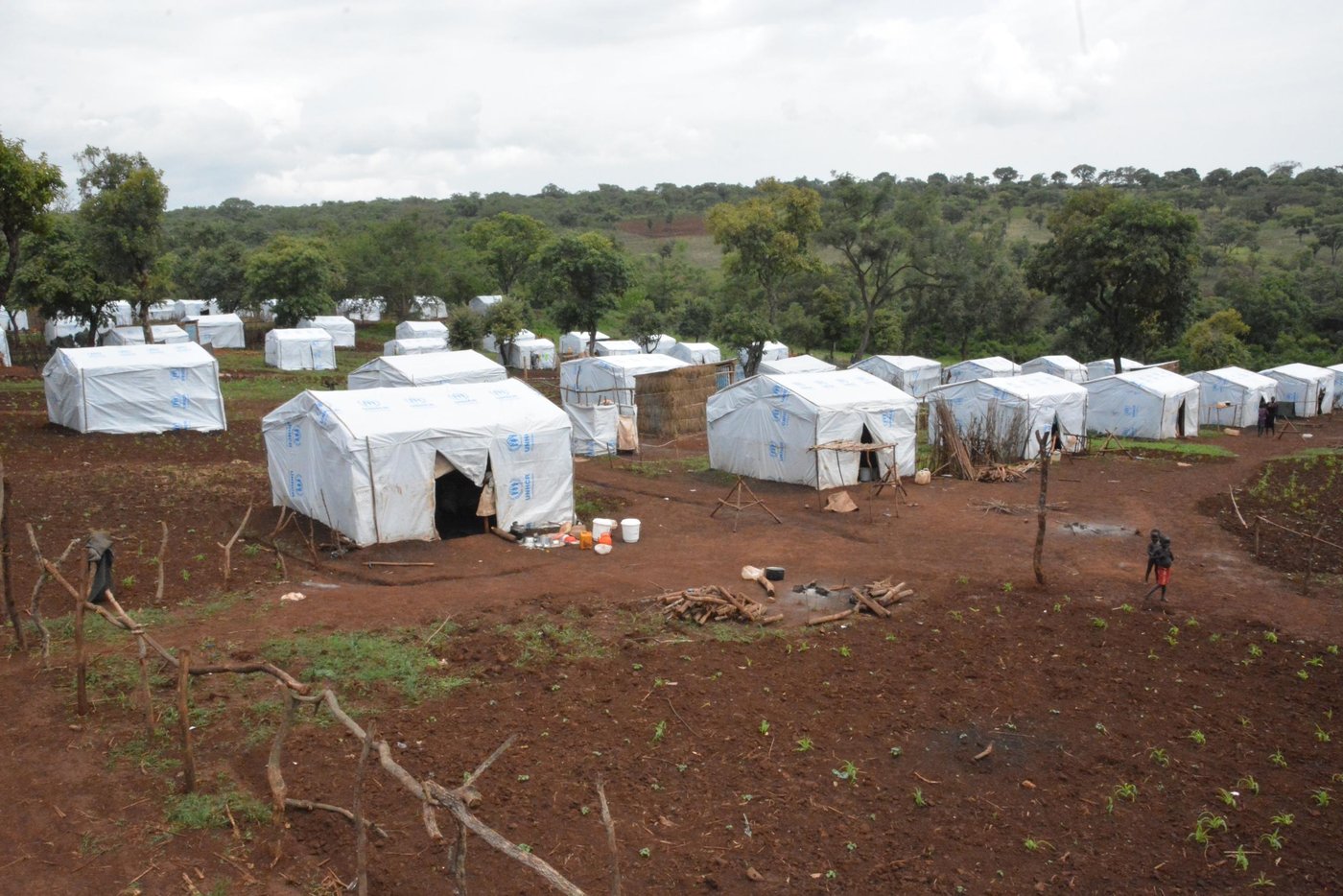
The camp is quiet, peaceful. A small stream runs through the centre of the settlement. Reception at the entrance is well organised and basic health services are in place. But Benishangul-Gumuz seems cold to the South Sudanese. They are bothered by the heavy rains and fear the cool nights.
“The tents are placed on slopes and they get flooded,” says Gatwich. “We need electricity and heavy tools to dig some drainage and improve our situation here.”
He also points out that parasites are affecting the children, that there is dengue and yellow fever among them. A third of the people in the camp are under 18. Many, especially the smallest ones, go without adequate clothing and shoes. And they have absolutely nothing to do.
Education and livelihood in high demand
“We are grateful for the peace and the shelter, but we are asking for more assistance,” says Gatwich. These problems are not news for the camp management.
“There is a high need for every service,” says Hanna Aychiluhem, who has worked as NRC’s area manager in Assosa since 2015. “We simply need more resources.”
In Gure-Shombola, NRC cooperates closely with ARRA and UNHCR to improve the situation of the displaced. Although their current living situation seems bearable, long-term perspectives for the refugees are unclear. They all ask for the same two things: education and the means to support themselves. Thanks to ECHO funding, NRC is starting vocational projects for young people and a small livelihood programme in the camp. An accelerated learning programme and a literacy programme are also in the pipeline.
“As is the case in other camps, youth aged from 16 to 21 actually prefer to attend basic accelerated education instead of vocational skills training,” Aychilum explains. The demand is so high that even adults want to join the schools. “Once they are sitting in the classroom, what are we supposed to do? Throw them out?”
Peter Gatwich is one of the few who already completed his education and had a steady job. But returning seems impossible for the time being. It appears that he must now hope his children will meet a safe and better future in Ethiopia.
